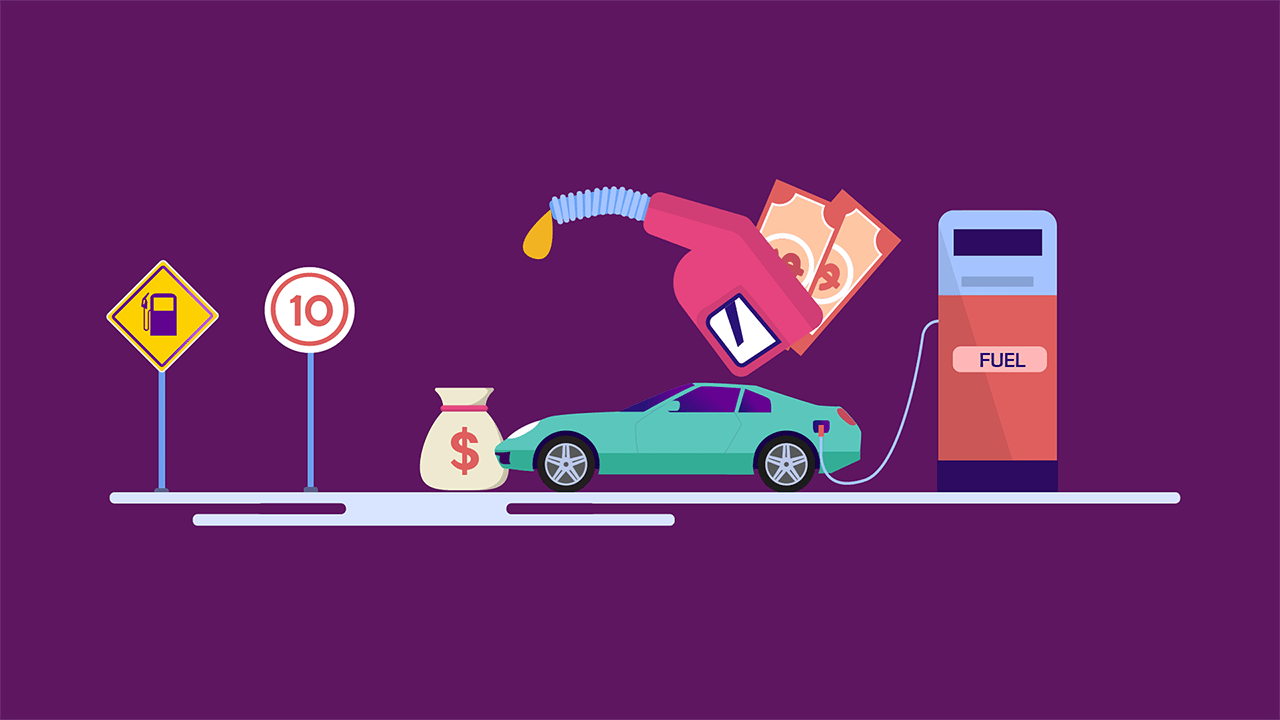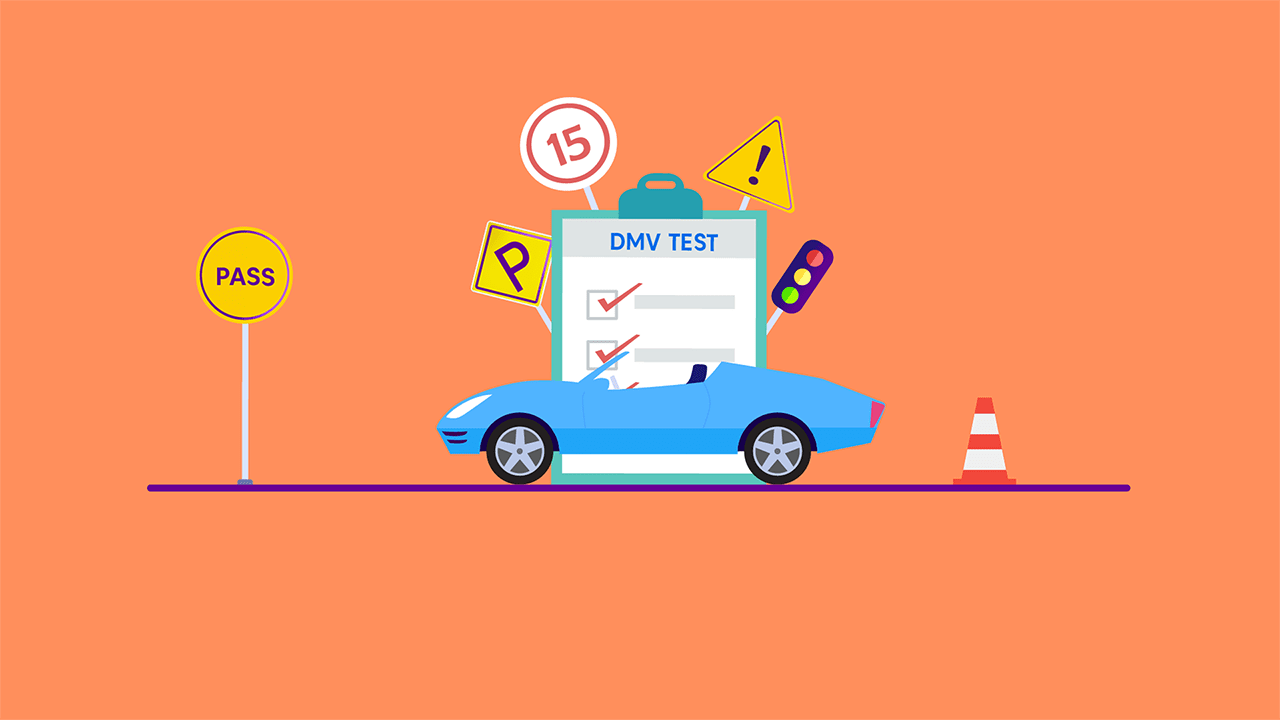Share the Road Safely: 10 Tips for Driving with Motorcycles
By Umm e Hani on Apr 29, 2024Contents
- 10 Tips for Sharing the Road with Motorcycles
- Tip 1: Look Twice for Motorcycles
- Tip 2: Maintain Proper Following Distance
- Tip 3: Avoid Sharing Lanes with Motorcycles
- Tip 4: Be Mindful of Turning Vehicles
- Tip 5: Use Turn Signals Properly
- Tip 6: Avoid Distracted Driving
- Tip 7: Be Aware of Weather Conditions
- Tip 8: Protect Your Eyesight
- Tip 9: Be Patient and Courteous
- Tip 10: Educate Yourself About Motorcycle Safety
- That’s A Wrap!
- FAQ
Motorcycles have become an increasingly popular mode of transportation. Their smaller size and lack of protective enclosure make them more vulnerable to collisions. As a result, sharing the road with motorcycles requires extra caution and awareness from all road users.
According to the National Highway Traffic Safety Administration (NHTSA):
motorcyclists are 29 times more likely to be killed in a traffic accident. In 2021, there were an estimated 55,000 motorcycle crashes resulting in 8,238 fatalities.
10 Tips for Sharing the Road with Motorcycles
Tip 1: Look Twice for Motorcycles
Motorcycles, with their smaller size and faster acceleration, can be easily overlooked in traffic. This is especially true in situations where your attention is divided. Like in places when changing lanes, making a turn, or merging onto a highway. To ensure you don't miss a motorcycle in your blind spot, make a habit of checking your mirrors and blind spots twice. A quick glance over your shoulder can also provide an extra layer of safety.
Tip 2: Maintain Proper Following Distance
Following too closely behind a motorcycle is extremely dangerous. This could be dangerous for you as well as the motorcyclist. Motorcycles have shorter stopping distances than cars. Tailgating reduces your reaction time in case of a sudden maneuver or stop. To maintain a safe following distance, choose a fixed object on the road ahead. When the motorcycle passes it, count four or five seconds before you reach the same object.
Tip 3: Avoid Sharing Lanes with Motorcycles
Even if you are in a state where lane splitting is legal, it is advisable to avoid sharing lanes. If you see a motorcyclist attempting to lane split, give them ample space. Avoid making any sudden maneuvers that could put them at risk. Remember, your safety and the safety of others should always be your top priority.
Tip 4: Be Mindful of Turning Vehicles
When making a turn, be particularly cautious of oncoming motorcycles. Motorcycles may need to adjust their speed or position to avoid a collision. This is especially when turning left at an intersection. Always check your mirrors and blind spots before initiating a turn, and be prepared to yield if necessary.
Tip 5: Use Turn Signals Properly
Sudden lane changes or turns without signaling can catch motorcyclists off guard, increasing the risk of an accident. By using your turn signals properly, you can help prevent accidents. You can also ensure a smooth and predictable flow of traffic for everyone on the road. Remember, your actions have consequences for other road users. And using your turn signals is a simple yet effective way to demonstrate your consideration for others.
Tip 6: Avoid Distracted Driving
Distracted driving is a major cause of accidents, especially for motorcyclists. Distracted drivers are less likely to notice motorcycles, and their delayed reactions can lead to collisions. Avoid using your phone, eating, or engaging in other activities that divert your attention from the road.
Tip 7: Be Aware of Weather Conditions
Rain and wind can reduce visibility and make it more difficult for motorcyclists to control their vehicles. Slick roads can increase stopping distances and make motorcycles more prone to skids. Being aware of the weather conditions and adjusting your driving accordingly is important. This way you can help ensure the safety of both yourself and motorcyclists on the road.
Tip 8: Protect Your Eyesight
Sunglasses and polarized lenses not only protect your eyes from harmful UV rays but also help reduce glare. It makes it easier to see objects on the road, including motorcycles. By protecting your eyesight, you can enhance your ability to detect and respond to potential hazards. This includes motorcyclists. It contributes to a safer driving environment.
Tip 9: Be Patient and Courteous
Patience and courtesy are essential for sharing the road safely and harmoniously with motorcyclists. Avoid aggressive driving behaviors and demonstrating consideration for others. This way you can help create a more positive and respectful driving environment. Remember, we all share the responsibility for the safety of ourselves and others on the road.
Tip 10: Educate Yourself About Motorcycle Safety
Familiarize yourself with the rules of the road and the unique challenges faced by motorcyclists. This knowledge can help you make better decisions as a driver. Understand the specific laws regarding motorcycle operation. And be aware of common safety practices that can help prevent accidents.
That’s A Wrap!
Follow these 10 tips to contribute to a safer and more harmonious driving environment for all road users. Remember, sharing the road with motorcycles requires extra vigilance and consideration. Together, we can create a safer and more enjoyable driving experience for everyone.
FAQ
How To Drive A Motorcycle?
To safely operate a motorcycle, it is essential to undergo proper training. And obtain a valid motorcycle license. Enroll in a motorcycle safety course to learn the fundamentals of riding. This includes handling, braking, and maneuvering techniques. Once equipped with the necessary knowledge and skills, practice regularly in a controlled environment. This will help to gain confidence and experience before venturing onto public roads.
How Much Following Distance Should You Leave Between Your Vehicle And A Motorcycle?
When sharing the road with motorcycles, maintaining a safe following distance is crucial to prevent collisions. A minimum of four to five seconds should be maintained between your vehicle and the motorcycle. This provides ample time to react to any sudden maneuvers or stops by the motorcyclist. Adjust the following distance based on weather conditions and road visibility. Avoid tailgating motorcycles, as it can significantly reduce your reaction time. It can also increase the risk of a collision.
What Precautions Should Be Taken By A Driver When Traveling Near A Motorcycle?
Motorcycles are smaller and more agile than cars. It makes them more difficult to see in traffic. To ensure the safety of both drivers and motorcyclists, exercise heightened awareness. This is crucial when traveling near motorcycles. Check your mirrors and blind spots frequently. Especially when changing lanes or turning. This will ensure no motorcycles are in your vicinity. Avoid sharing lanes with motorcycles. Because this practice is dangerous and can lead to collisions. Use turn signals properly, signaling your intentions well in advance. This will help to give motorcyclists ample time to react to your maneuvers.
Which Of The Following Are Things You Should Do To Minimize Driving Risks?
Minimizing driving risks requires a combination of responsible driving habits. Avoid distractions while driving, such as using your phone or eating. This will help you to maintain focus on the road and traffic conditions. Maintain a safe speed appropriate for the road conditions and traffic flow. Avoid sudden maneuvers. Maintain a steady driving pattern to ensure predictability. Reduce the risk of startling other motorists or endangering yourself.
It Is Illegal To Drive Beside A Motorcycle?
Driving beside a motorcycle is known as lane splitting. In most states, it is illegal. This practice is dangerous for both the motorcyclist and the driver. As it can lead to collisions. While lane splitting is legal in a few states, it is still important to exercise caution. And maintain a safe distance from the motorcycle when doing so. The safest approach is to avoid driving beside motorcycles altogether. But instead allow them to safely maneuver within their designated lane.
What Makes Sharing The Road With Motorcyclists Dangerous?
Sharing the road with motorcycles presents potential hazards. It is because of the smaller size, shorter stopping distances, and increased susceptibility to weather conditions. Motorcycles' smaller size can make them harder to see in traffic. Especially in situations with low visibility or heavy traffic congestion! Motorcyclists have shorter stopping distances than cars. It makes it more challenging for drivers to react in time to avoid a collision. Additionally, motorcyclists are more vulnerable to the effects of weather conditions. Weather conditions such as rain and wind can impact their control and stability.
When Can A Motorcyclist Use A Complete Traffic Lane?
Motorcyclists have the same right to use a complete traffic lane as other vehicles. They should avoid using a complete traffic lane when traffic is heavy or when it is unsafe to do so.


